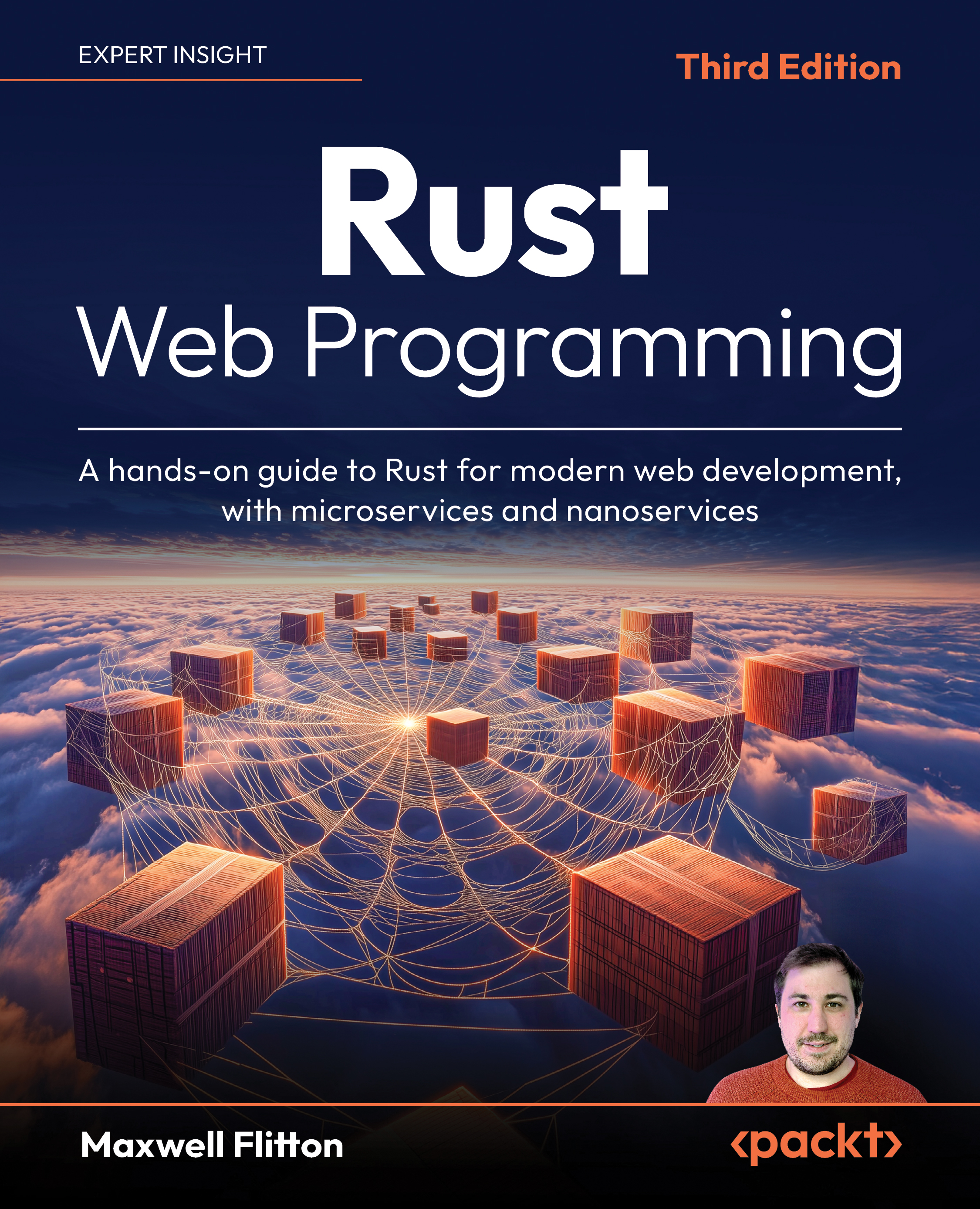Maxwell Flitton is a software engineer who works for the open source financial loss modeling foundation OasisLMF. In 2011, Maxwell achieved his Bachelor of Science degree in nursing from the University of Lincoln, UK. While working 12-hour shifts in the A&E departments of hospitals, Maxwell obtained another degree in physics from the Open University in the UK and then moved on to another milestone, with a postgraduate diploma in physics and engineering in medicine from UCL in London. He's worked on numerous projects such as medical simulation soft ware for the German government and supervising computational medicine students at Imperial College London. He also has experience in financial tech and Monolith AI.
Read more

































































